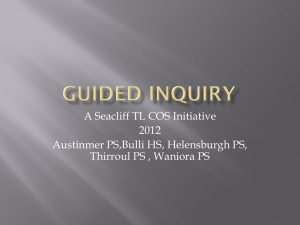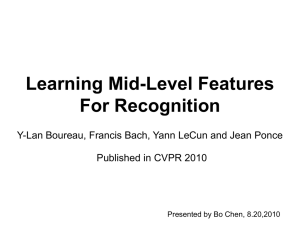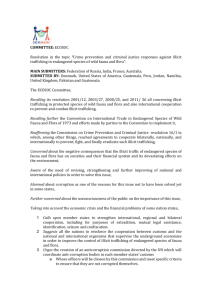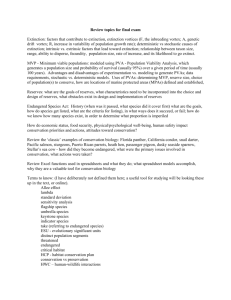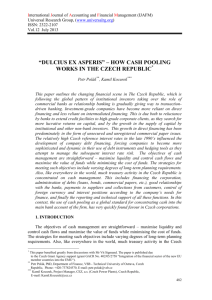1. E2 zoning criteria
advertisement
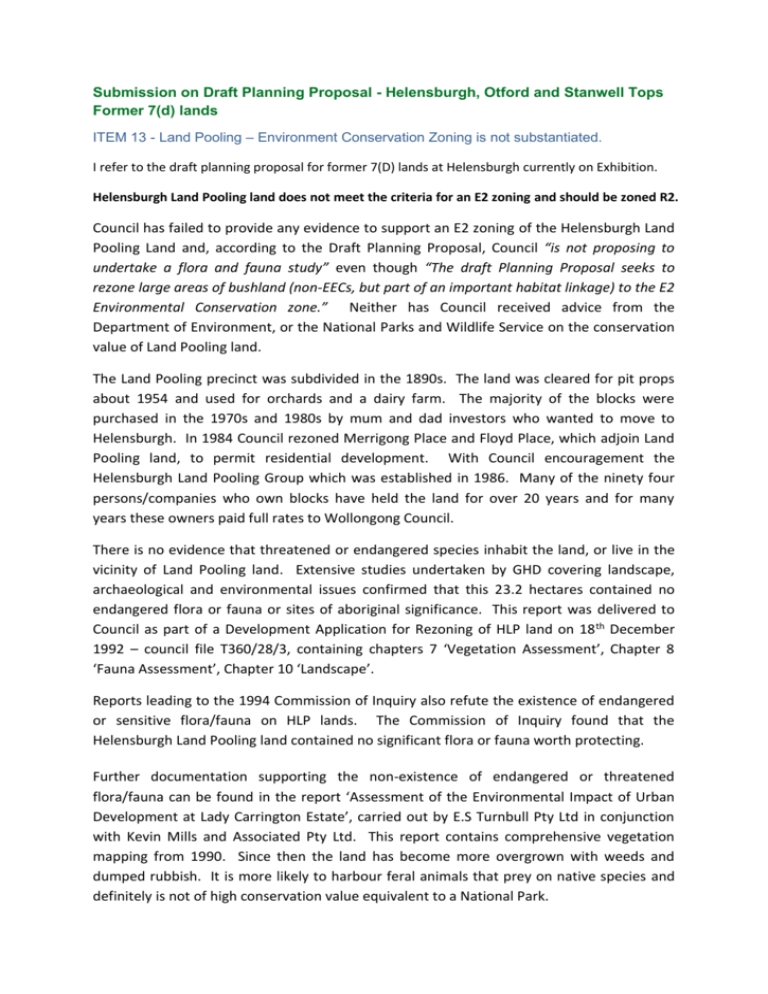
Submission on Draft Planning Proposal - Helensburgh, Otford and Stanwell Tops Former 7(d) lands ITEM 13 - Land Pooling – Environment Conservation Zoning is not substantiated. I refer to the draft planning proposal for former 7(D) lands at Helensburgh currently on Exhibition. Helensburgh Land Pooling land does not meet the criteria for an E2 zoning and should be zoned R2. Council has failed to provide any evidence to support an E2 zoning of the Helensburgh Land Pooling Land and, according to the Draft Planning Proposal, Council “is not proposing to undertake a flora and fauna study” even though “The draft Planning Proposal seeks to rezone large areas of bushland (non-EECs, but part of an important habitat linkage) to the E2 Environmental Conservation zone.” Neither has Council received advice from the Department of Environment, or the National Parks and Wildlife Service on the conservation value of Land Pooling land. The Land Pooling precinct was subdivided in the 1890s. The land was cleared for pit props about 1954 and used for orchards and a dairy farm. The majority of the blocks were purchased in the 1970s and 1980s by mum and dad investors who wanted to move to Helensburgh. In 1984 Council rezoned Merrigong Place and Floyd Place, which adjoin Land Pooling land, to permit residential development. With Council encouragement the Helensburgh Land Pooling Group which was established in 1986. Many of the ninety four persons/companies who own blocks have held the land for over 20 years and for many years these owners paid full rates to Wollongong Council. There is no evidence that threatened or endangered species inhabit the land, or live in the vicinity of Land Pooling land. Extensive studies undertaken by GHD covering landscape, archaeological and environmental issues confirmed that this 23.2 hectares contained no endangered flora or fauna or sites of aboriginal significance. This report was delivered to Council as part of a Development Application for Rezoning of HLP land on 18 th December 1992 – council file T360/28/3, containing chapters 7 ‘Vegetation Assessment’, Chapter 8 ‘Fauna Assessment’, Chapter 10 ‘Landscape’. Reports leading to the 1994 Commission of Inquiry also refute the existence of endangered or sensitive flora/fauna on HLP lands. The Commission of Inquiry found that the Helensburgh Land Pooling land contained no significant flora or fauna worth protecting. Further documentation supporting the non-existence of endangered or threatened flora/fauna can be found in the report ‘Assessment of the Environmental Impact of Urban Development at Lady Carrington Estate’, carried out by E.S Turnbull Pty Ltd in conjunction with Kevin Mills and Associated Pty Ltd. This report contains comprehensive vegetation mapping from 1990. Since then the land has become more overgrown with weeds and dumped rubbish. It is more likely to harbour feral animals that prey on native species and definitely is not of high conservation value equivalent to a National Park. On 26 February 2010 the Wollongong Local Environmental Plan 2009 was approved by the Minister for Planning, at which time the 7(d) zone was replaced with the E3 Environmental Management zone. Despite claims by environmental activists, detailed studies have shown no evidence that any species has become endangered or vulnerable because of existing development in Helensburgh. Not one location has been identified, either in the Royal National Park or Upper Hacking Catchment Area where evidence of specie loss can be attributed to existing development in Helensburgh. Neither the former Department of Environment, Climate Change and Water nor WCC’s own GIS Group place the Land Pooling precinct within any Habitat Corridor (Attachment 1). In fact Land Pooling land is surrounded on three sides by developed land and is not a wildlife habitat corridor between the Royal National Park and the Illawarra escarpment. Given the lack of significant flora or fauna in the area, in 2001 Council approved development of the Landcom Estate, adjacent to Land Pooling land. The ponding system on the Landcom Estate has since created a sanctuary for a wide range of waterbirds. Although the 2007 Illawarra Regional Strategy recommended the use of E2 Environmental Conservation zoning to protect Littoral Rainforests, Land Pooling land contains no Littoral Rainforest, is not of high conservation value and fails to meet the criteria for E2 Environmental Conservation. WCC should acknowledge that the development of Land Pooling land, in isolation to other factors, does not present any risk to any endangered or threatened species. And that zoning this degraded precinct E2 Environmental Conservation would undermine the entire planning process and the appropriate use of E2 zoning to protect land of high conservation value suitable for inclusion in the State Reserve. Yours sincerely,

